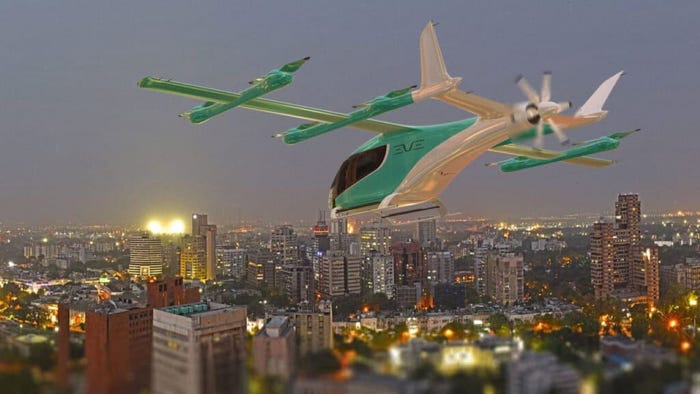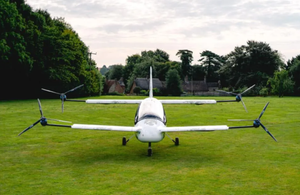Why AIoT Is the Next Big Thing: AI and IoT in HarmonyWhy AIoT Is the Next Big Thing: AI and IoT in Harmony
The fusion of IoT and AI represents a groundbreaking development that will fundamentally reshape the industrial landscape

The industrial revolution has many faces and its latest development marks another milestone: the fusion of Artificial Intelligence (AI) and the Internet of Things (IoT) into AIoT. This synergy promises not only optimized processes but also new perspectives for business models and a significant boost in efficiency. Companies that embrace this integration now could secure a substantial competitive advantage.
The Synergy of IoT and AI
The Internet of Things connects physical devices such as sensors, machines and vehicles to collect real-time data. This information provides valuable insights into operational workflows and equipment conditions. Integrating AI takes these capabilities to the next level: AI not only analyzes historical data but also predicts trends, optimizes decision-making processes and continuously improves its outcomes.
Together, IoT and AI function like a highly advanced nervous system: IoT provides the sensory input, while AI acts as the brain, processing these inputs and translating them into meaningful actions. Companies benefit from more accurate decisions, cost reductions and faster implementation of innovations.
AIoT in Practice: Examples from Industry
The applications of AIoT are diverse, ranging from production automation to predictive maintenance. In manufacturing, AIoT enables the autonomous control of machinery. Production data is analyzed in real time, optimal parameters are identified and adjustments are implemented immediately. This not only boosts productivity but also enhances product quality.
AIoT also offers significant advantages in logistics. Supply chains can be optimized through real-time monitoring and potential bottlenecks can be identified early. Transportation routes can be planned more efficiently and inventory levels can be managed according to demand, reducing operational costs.
Another crucial area is maintenance management. Traditional maintenance approaches often rely on fixed schedules or react only after a failure occurs. AIoT enables predictive maintenance: sensors continuously monitor machine conditions and AI analyzes this data to forecast maintenance needs. This reduces downtime and extends the lifespan of equipment.
Security and Data Sovereignty in the AIoT Era
As connectivity increases in AIoT environments, the issue of data security and privacy becomes ever more critical. Companies must not only protect sensitive data but also comply with European data protection regulations, such as the Cyber Resilience Act, the Data Act and the AI Act.
One promising solution is edge computing, where data processing occurs directly at the source instead of being stored centrally in the cloud. This not only reduces latency but also minimizes potential attack vectors. Complementary to this are zero-trust architectures, which verify and authenticate every interaction to ensure maximum security.
Challenges and Future Prospects
Despite its vast potential, companies face several hurdles. One of the biggest is the lack of interoperability between various IIoT devices and platforms. Standardized interfaces and protocols are essential for seamless integration. Platforms like Cumulocity offer solutions by enabling easy device connectivity and scaling, as well as integration with ERP or CRM systems.
Another challenge is data quality. Without high-quality data, AI models cannot deliver accurate results. Companies should therefore adopt IoT platforms that support comprehensive data preparation and enrichment.
Moreover, the skills gap exacerbates the situation. Implementing AIoT solutions requires expertise in data analysis, machine learning and cybersecurity. Companies need to invest in upskilling their workforce to meet this demand.
At the same time, exciting trends are emerging that will further enhance AIoT's potential. Generative AI could, in the future, not only analyze data but also autonomously develop designs and optimization proposals. The rollout of 5G technologies will enable ultra-fast and stable connections, essential for high-bandwidth or low-latency applications.
AIoT as a Driving Force of Industry 4.0
The fusion of IoT and AI represents a groundbreaking development that will fundamentally reshape the industrial landscape. AIoT offers companies the opportunity to optimize existing processes, reduce costs and explore entirely new business models.
However, to fully leverage this technology, companies must invest in security concepts, data management and skilled professionals. Those who actively and decisively embrace this transformation will emerge as the long-term winners of the digital revolution.
About the Author
You May Also Like
.jpg?width=100&auto=webp&quality=80&disable=upscale)
.jpg?width=400&auto=webp&quality=80&disable=upscale)






